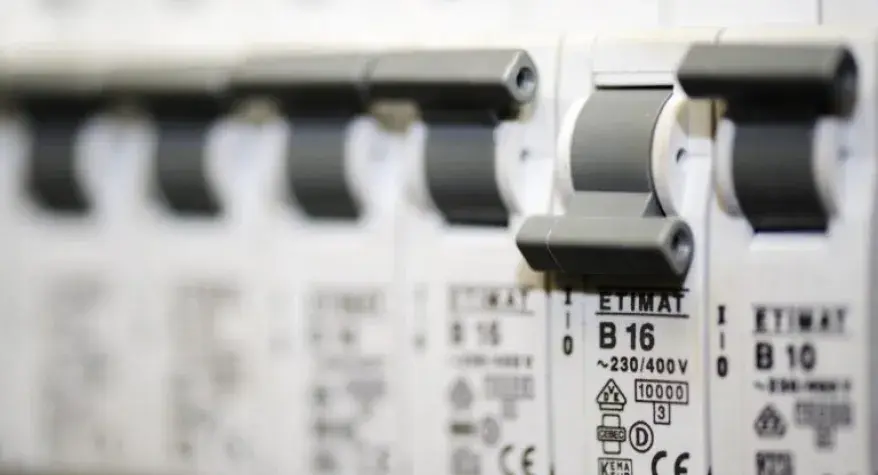How to fault find electrical circuits
I love a good detective story. Whether it’s Sherlock Holmes, CSI or The Killing; there is something about gathering clues, piecing together information and working out what happened.
There is a similarity in electrical fault finding. Problems on an electrical circuit can present in different ways - flickering lights, fuses tripping, power surges. But finding the cause of the problem is not always straightforward.
It’s your turn to play detective - gathering together the clues and working out what has happened to your electrical circuit.
Whilst there are certain things you can do as the property owner to find an electrical fault, we would always advise you to ask an electrician to help you confirm the cause of the problem. You will definitely need one to fix it.
1. Playing Detective
Firstly, you need to collect some information and evidence about what has happened. Perhaps an appliance will no longer turn on, or a bulb has been flickering. Identify what the problem is, and see if you can work out what, if anything, happened before the problem occurred.
For example, make sure you try the appliance in a different plug socket if you can, to see if the problem lies with the appliance or the socket. Make note of any overloaded sockets or extension leads.
Perhaps you have had a power surge. Use your senses. Can you smell any burning? Does anything look unusual (for example, water leaks or physical damage)? Can you hear any humming or vibrations? Does anything feel hot to touch (for example, the socket or light switch)?
Your electrician will be able to use this information to help diagnose the problem.
2. Analyse the Evidence
If your evidence so far suggests that the problem is with the circuit and not with the appliances, then this may be the point where you call in an electrician and give them the information that you have. We would definitely suggest this as your best course of action if you have no knowledge or experience of electrical systems.
3. Locate the Fault
If you have a fuse that has tripped or if you have experienced a power outage, then your electrician will undertake to check your electrical system.
To check the system, the electrician will need to turn all the circuit breakers off and will turn the main safety switch on. Electricity will now be available in your home, although there will be no supply to your appliances as the circuit breakers are off.
Each circuit breaker will then be turned back on individually. By turning each switch on individually, you will be able to find the faulty circuit. The faulty circuit is the one that trips back off after you’ve switched it back on. Some component of this circuit is causing your electrical fault.
With the faulty circuit identified, the switches should all be turned back off again. This is so that the electricity can be turned on to the circuits that aren’t tripping. The main switch can be turned on and then each circuit can be turned on, apart from the faulty one. You now have your power back and you don’t need to worry about the faulty circuit tripping again before it is fixed.
4. Solve the Case
At this point, your electrician will need to do a bit more detective work to determine and remove the cause of the problem. Common problems are an overloaded circuit (too many appliances running on the circuit which exceeds the maximum supply available), the wiring packed too tightly or lose connections in the main panel. A fully qualified electrician will be able to sort these problems out for you safely and efficiently.
Electrical Fault Finding
The key to finding electrical faults is playing detective. Gather any information about the problem that you have and any potential causes, such as overloaded sockets. Ask your electrician to check the fuse board and circuit breakers to identify the problem circuit. Your electrician can then investigate the root cause and rectify the problem. An experienced and qualified electrician will be able to do this in a safe way. We would always recommend appointing an electrician to help you with electrical fault finding.




